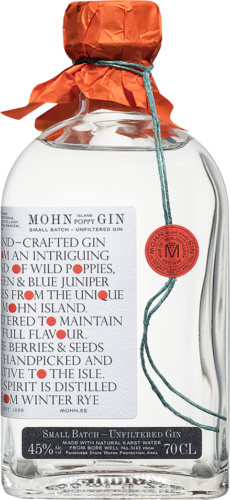The oldest active distillery in the world:
Moe distillery & Muddis brewery (https://moe.ee/en)
There will be a website especially for the Dutch market. The website is currently under development.
The products can already be ordered through me.
Are you interested? Contact me here.
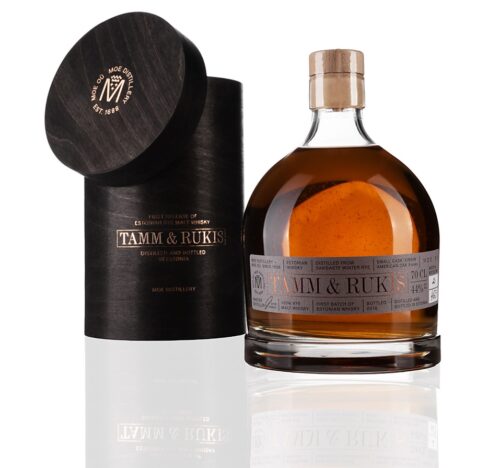
TAMM & RUKIS IS THE RAREST DRINK PRODUCED AT MOE.
Tamm & Rukis is the rarest drink produced at Moe. It is the first and only Estonian whisky. Tamm & Rukis (Oak & Rye) is distilled from Sangaste rye malt and matured in American oak barrels.
The distillate used for the whisky has super premium quality. It is made from Sangaste rye – the oldest known variety of rye still in production today. Sangaste rye, with its long thick stalk, good grain yield, winter- and frost-hardiness has won recognition in several world exhibitions.
The rye distillate matures in the 19th century cellar at Moe Distillery. Casks are the only items that aren’t from Estonia that we use to make Tamm & Rukis. American oak is known to work well for rye whiskies and that is also our experience. We also reuse casks that have been previously used for sherry, cognac or bourbon to make special releases.
The components of taste and aroma of Tamm & Rukis are derived from the nuances of fruit and bread, which are accompanied by an extremely long and complex aftertaste. Tamm & Rukis has a very fair smoky taste.
SILVER SWAN PURE RYE
By applying modern technology to ancient Estonian and Livonian knowledge, Silver Swan is bringing passion and integrity back to vodka. Without the honest goals of time—quality, purity, flavour—technological advancement only takes us farther away from a truly premium spirit.
The vitality of grain—in this case Sangaste winter rye*—is characterized by its content of proteins, carbohydrates, starch, vitamins, trace minerals, and other, including phytoestrogens and antioxidants. Only rye with optimal levels of vitality is used in the production of our spirit.
* Estonian vodka—protected geographical indication.
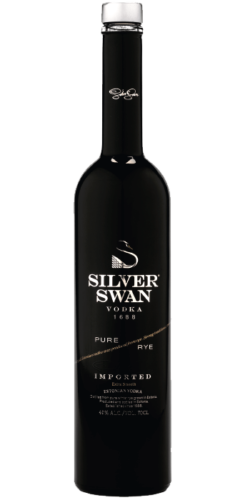
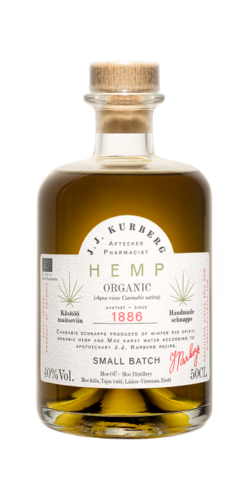
J.J. KURBERG HEMP
The production of pure vodka developed in Estonia for centuries, and always went hand in hand with the preparation of vodka flavoured with plants and berries. Naturally, smaller quantities of these special vodkas were made—to be savoured at home, offered to guests or to help banish the cold and dampness. Pharmacist Jakob Kurberg, who also established the Moe Fine Spirit Distillery in 1886, was a master of this art. The master distillers at the Moe Fine Vodka Distillery have selected few recipes for producing small batches of handcrafted flavoured vodka.
HANDSA DISTILLER’S STRENGTH
Rye brandy HANDSA is handmade of organic Sangaste winter rye*. The mild brandy is made by slow distillation and the traditional methods from the second half of the 18th century, which preserves the characteristic flavour and aroma of winter rye.
The distillers of the 18th century secretly made the strong beverage for themselves and for contraband and the distillers had to possess perfect knowledge and skills to get it right. The HANDSA was only distilled once and even the smallest mistake ruined the outcome.
Strong traditions, smoothly delivered—handmade organic rye brandy HANDSA.
- Serve in a vodka glass or snifter at +15°C
* Estonian winter rye „Sangaste“, the oldest cultivated rye variety in the world still in production.
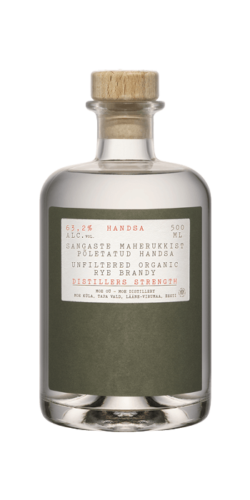
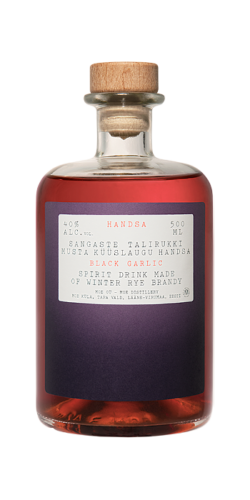
HANDSA BLACK GARLIC
Rye brandy infused with black garlic.
40% alc.vol 50 cl
Mohn Poppy Gin
Mohn Poppy gin is made from rye spirit in a small batch. In 1688 the island of Muhu was called Mohn, which in German means the Poppy Island. From there comes the taste and tone of the gin – hand-picked blue and green juniper berries and poppy seeds of the island.
Hand-crafted gin an intriquing blend of wild poppies, green and blue juniper berries from the unique Mohn (Muhu) island. Unfltered to maintain full flavour. The berries & seeds are handpicked and native to the isle. Base spirit is distilled from winter rye.
Sleepy fishing villages, working windmills, thatched cottages, plenty of deer, moose and birds plus a more secluded location help define Muhu as profoundly Estonian.
